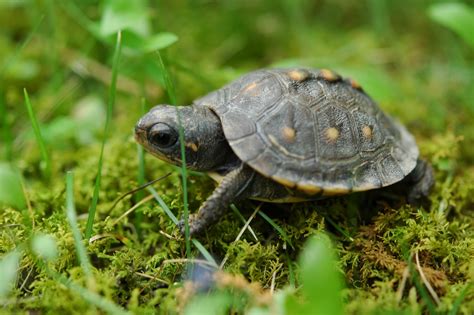The Ultimate Guide to Turtle Cages: Essential Considerations for Optimal Turtle Care
Introduction
Turtles are beautiful and fascinating creatures that can make wonderful pets. However, providing them with a suitable environment is crucial for their well-being. One of the most important aspects of turtle care is selecting the right cage. This guide will delve into the various considerations to make when choosing a turtle cage, ensuring you provide your shelled companion with a comfortable and healthy home.
Choosing the Right Size Cage
The size of the cage is of utmost importance. Too small a cage can restrict the turtle's movement and lead to health problems, while too large a cage can be overwhelming and difficult to maintain. The following guidelines can help you determine the appropriate size:
-
Hatchlings: 10-gallon tank
-
Juveniles: 20-gallon tank
-
Adults: 40-50-gallon tank
Tank vs. Enclosure
Depending on the size and species of your turtle, you have two main options: a tank or an enclosure.
-
Tanks are typically made of glass or acrylic and offer a contained environment. They are suitable for smaller turtles or hatchlings.
-
Enclosures are larger and can be made of various materials such as wood, metal, or plastic. They provide more space for larger turtles to roam and bask.
Essential Components of a Turtle Cage
In addition to the cage size and type, several other components are essential for creating a comfortable and healthy environment for your turtle:


-
Water: Turtles need access to both water for swimming and drinking. The water should be deep enough for the turtle to fully submerge but not so deep that it cannot reach the surface to breathe.
-
Basking area: Turtles are ectothermic, meaning they rely on external heat sources to regulate their body temperature. They need a basking area with a heat lamp to provide warmth and a place to dry off after swimming.
-
Dry land: Turtles need a dry area to rest, bask, and lay eggs if they are female. The dry land can be made of sand, gravel, or driftwood.
Types of Turtles and Cage Requirements
Different species of turtles have specific cage requirements.
-
Red-eared Sliders: These turtles require a 40-gallon tank or larger with a basking area of at least 12 square feet.
-
Painted Turtles: These turtles need a 20-gallon tank or larger with a basking area of at least 6 square feet.
-
Box Turtles: These turtles need a 10-gallon tank or larger with a dry land area of at least 2 square feet.
Considerations for Cage Maintenance
Regular cage maintenance is essential for turtle health.
-
Cleaning: The cage should be cleaned regularly to remove waste and prevent disease.
-
Water changes: The water should be changed partially every week and completely every month.
-
Filter: A filter can help keep the water clean and remove harmful bacteria.
Strategies for a Healthy Turtle Environment
-
Provide a varied diet: Turtles are omnivores and require a balanced diet of insects, plants, and fruits.
-
Maintain proper temperature: The basking area should be 90-95°F, while the water temperature should be 75-80°F.
-
Offer UVB lighting: UVB lighting is essential for turtles to absorb calcium and prevent metabolic bone disease.
-
Provide hiding places: Turtles need places to hide and feel secure, such as caves or driftwood.
Pros and Cons of Different Cage Types
| Cage Type |
Pros |
Cons |
| Tank |
Easy to clean, provides a contained environment |
Can be too small, not suitable for larger turtles |
| Enclosure |
Spacious, allows for more natural movement |
Can be difficult to clean, requires more maintenance |
| Pond |
Most natural, allows turtles to roam freely |
Requires a large outdoor space, can be difficult to monitor turtles |
Frequently Asked Questions (FAQs)
1. How often should I clean my turtle's cage?
- The cage should be cleaned regularly, including removing waste and changing the water.
2. What kind of lighting do turtles need?
- Turtles need both UVA and UVB lighting for optimal health.


3. How do I know if my turtle is healthy?
- Healthy turtles are active, have clear eyes, and have a smooth shell.
4. How long do turtles live?
- Red-eared sliders can live up to 50 years in captivity.
5. Can turtles be kept together?
- Yes, but it is important to introduce them slowly and monitor them closely for aggression.
6. What are some common health problems in turtles?
- Metabolic bone disease, respiratory infections, and shell rot are common health problems in turtles.
Conclusion
Choosing the right turtle cage is crucial for the health and well-being of your pet. By considering the factors discussed in this guide, you can provide your turtle with a comfortable and healthy environment where it can thrive. Remember, regular cage maintenance, a balanced diet, and proper lighting are essential for keeping your turtle happy and healthy.
